








Drawing is discovering what options you have. What could be. Who you could be. It’s a starting point. Rinus Van de Velde, who started out and became famous with his charcoal drawings, keeps returning to them after forays into other media. In his oeuvre, drawing is – in the words of the Dude in the film The Big Lebowski – “the rug that ties the room together”.
Van de Velde’s drawings are not the candid creations we think they are. They are not spontaneous. In his studio, the artist has been building an ever-expanding universe of imagery for 15 years now. Together with a group of friends, he enacts an assortment of scenes, in which he often plays the leading role. He goes on an adventure in the jungle, wins a tournament on a tennis court, controls the world from a computer room, and drives a car up a mountain. He bases his drawings on the photographs he takes of these scenes. They are constructions of an adventurous reality that never really existed, but is nevertheless believable.
Van de Velde’s universe is now producing films almost as a matter of course. The drawings were already, in a way, scenes that could follow one another, that could start to move any minute, that could tell a story – partly because of the texts that accompanied them. Film stills that are now, as it were, being glued together again by Van de Velde, yet do not tell a coherent story. It is as if he is investigating and revealing the sources of his drawings, which allows him to show the details and colours more clearly. He is becoming more and more honest about his lies.
The constructions, such as the car on the mountain, feature as sculptures in his exhibitions. They are memories of a never-lived existence, ghost outlines of a fantasy. That car, for example, is not an exact copy of a car, but a careful reconstruction of the memory of a car. A testimony of an inner world. One that looks robust, but on closer inspection consists of nothing more than cardboard, in colours only possible through the workings of time. Tarnished red, tarnished blue, tarnished yellow.
Newly put together, but old, bygone or without ever having been real. The same as the bygone or never-been-real blacks, whites and greys of Van de Velde’s charcoal drawings.
The film La Ruta Natural features a large complex device that serves only to inflate a balloon. A completely unnecessary machine; we’re not even sure if it actually works. The small car on the mountain also only moves forward when a human sits in the mountain and grabs the stick at the bottom of it to pull the vehicle along the mountain road. Like a child playing with his car and imagining he is driving. Ultimately, Van de Velde’s constructions are all just images. But – because they provide access to an inner space – they are images that have the potential to come to life.
This potential is linked to the fact that everything in Van de Velde’s art is made by hand. The craftsman in him also enables him to adopt the identities of countless of his predecessors in art history. He wears Rembrandt’s mantle with the same ease as he does that of Claude Monet or Alexej von Jawlensky. Like a greedy amateur, he immerses himself in their techniques and makes reproductions of their works until he gets the hang of it and can put his own texts under them.
The result is that the images of these artists are now part of Van de Velde’s own imagery. Although they are often created in pastels, coloured pencils or even paint, it is clear that they descend from an art-historical past. In the exhibition at Gemeentemuseum Den Haag in 2016, the copied masterpieces by Jawlensky, among others, literally functioned as backgrounds for Rinus’s drawings. The drawings in coloured pencil have a soft focus, like in old films, and the drawings in coloured pastels have paint spots drawn on the texts. The mastery of a Monet or a Jawlensky cannot be reconciled with contemporary artistry. It is bygone. Just as bygone as the blacks, whites and greys of Van de Velde’s charcoal drawings.
Van de Velde had a mask made of his own face in 2019. Even if the features are only accentuated ever so slightly, in combination with the rubber material it has become a
Plato, Symposium
grotesque face. The combination of masks and Belgium puts one in mind of James Ensor’s bal masqué, the representation of life as a neverending stage performance. Face to face with Van de Velde’s mask, I couldn’t help but think of Andy Warhol’s real face, which looked like rubber and was equally unmoving. A shell, a surface, an image, behind which, as the American artist himself said, nothing was hidden.
Warhol started making his society portraits in 1962. For the first portrait, he chose a famous movie still of the then recently deceased Marilyn Monroe (used in 1953 to promote the film Niagara) and he had a silk-screen stencil made from a crop of that image. Before printing, Warhol (or his assistant) would paint the actress’s eyes, hair and lips in bright colours. In his society portraits the concepts of original and copy flow into each other. Not much later, Warhol started his Screen Tests series, for which he made filmed portraits of celebrities such as Bob Dylan and Yoko Ono. In no time at all, he had more than 500 Screen Tests, from which he then selected groups such as Thirteen Most Beautiful Boys, which he showed at The Factory and at concerts and media events that he organised himself.1
Warhol constructed a world of images, which he derived from the one we live in. Like a true social realist, he exposed the system that shapes our reality, but at the same time he also made use of that system and even contributed to it. Van de Velde is following in his footsteps. Warhol’s prediction that “in future, everyone will be world-famous for 15 minutes” has come true.2 Everyone can now even parade a ‘constructed’ self on Instagram, Facebook or Twitter, non-stop. An image for which you don’t necessarily have to be good at something, and you don’t have to even leave the house. All you have to do is create an image of yourself. The construction has become the reality, identity has become a performance. The original a copy.
Just like Warhol in his time, Van de Velde sometimes does modelling work, for Paul Smith, for example, or Dior. “The photographs are beautiful, but I don’t recognise myself in them,” he once said in an interview.3 Who we are is not
“For of anything whatever that passes from not being into being the whole cause is composing or poetry […]”
what we show of ourselves to others. Sometimes we seem to have forgotten that. Not very long ago, Van de Velde confessed that in reality he’s always been making his charcoal drawings with black pastels. “That is actually my biggest lie, the fact that I don’t use charcoal but pastel. But the thing is, I don’t want it to say ‘pastel on canvas’ in the notes, that sounds so cheap. It reminds me of my grandmother making drawings. I just call it charcoal because that’s the foundation of drawing.”4
The image that Van de Velde creates of the supposedly real Rinus is that of an anti-hero. Someone who more than anything likes to stay at home and only functions within the confines of his studio. A young man who, after being briefly captivated by the dream of professional chess and tennis, now wants to be an artist, but who can never measure up to the greats, so now only ‘makes believe’. It is an image that has some similarities with any random young person who pretends on Instagram that they’re leading a varied life and have a large circle of friends, but in reality mainly only go out to walk the dog. His phone’s screen is his reality. By being in the digital make-believe reality, where Big Tech entraps him with its addicting framework of likes and tags, he is prevented from taking action in his real life.
Van de Velde has previously indicated that he cannot draw by heart at all and is only very adept at ‘copying’ photographs. Some see this as false modesty, but the artist’s method has triggered an interesting process. With his diligent handiwork he has reduced the masterpieces of, for example, Jawlensky, Monet and Rembrandt to images that are equal to the images he reproduces from other sources. In addition to his self-staged photos, he has an archive of snapshots (taken with his iPhone), news photos, film stills and photos from magazines, all of which serve as the starting point for his drawings. This way, in Van de Velde’s drawn universe all images become equal, whether it’s a Rothko or a photograph of the stock trading floor. In doing so, he not only deprives the artists whose work he is copying of their status, but also shows art history for what it is: a construction.
Van de Velde’s great interest in Monet is significant in this context. The French impressionist and his contemporaries went outside to capture an impression of reality in their paintings. However, the time when reality only happened outdoors is definitely over. Our lives increasingly take place on the internet, an image machine that buries us in photographs, of which it is impossible to distinguish those that are real and those that are edited or even completely false. What status can you still achieve as an artist within this digital world order? How can you form your identity as a person within these parameters?
The way Van de Velde toys with identities – as artists such as Theo van Doesburg and David Bowie did before him – reflects an existentialist worldview. You are not born ‘ready-made’, you are your own creation. The new media offer the ultimate opportunity to experiment with character. By mirroring others, by trying out who you can be, you can eventually arrive at your own self. However, the opposite is also true. If it’s so easy to pretend to be someone else, or, more compellingly, if you only generate likes as someone other than yourself, you can also lose yourself in the digital reality. Van de Velde’s working method is shot through with all of these tensions. Although he reproduces works of art by predecessors mimetically, he makes everything by hand for the drawn scenes in which he himself is the main character. In this way he brings authenticity to his constructions, poetry to an otherwise impersonal visual reality. This is how we come to recognise in his work not only ourselves as consumers and makers of images, but also the presence of the other, even if he is hiding behind a mask. Just like us, the other person has a right to a personal life, to privacy. It is with good reason that the real Rinus is only an image.
Drawing is already an undervalued genre within classical art history, and now with Van de Velde it is additionally a reproduction. After all, he is not focusing on the genius or the unparalleled artist, but is presenting everyday people with their everyday qualities
as potential game changers. The German artist Joseph Beuys – the main character in one of Van de Velde’s ashtrays – said it first: “Every human being is an artist, a freedom being, called to participate in transforming and reshaping the conditions, thinking and structures that shape and inform our lives.”5 Van de Velde’s oeuvre makes us face the facts. Are we becoming the slaves of a reality controlled by artificial intelligence or do we want to add colour to that reality with the manifestation and much-needed guidance of our humanity? The choice is ours. We are the revolution!
“What tied the room together, Dude?”
“My rug.”
1 Stefana Sabin, ‘The Multimedia Years’, in: Andy Warhol: Brilliant Proponent of the Disposable Society (Baarn: Uitgeverij Tirion, 1992), pp. 54–92.
2 This statement by Warhol first appeared in a brochure published in 1968 to accompany an exhibition of his work at Moderna Museet, Stockholm, Sweden. The art critic Blake Gopnik says that the phrase could also have been coined by Pontus Hultén, the curator of the exhibition. In addition, both the painter Larry Rivers and the photographer Nat Finkelstein claim the quote.
3 Margo Vansynghel, ‘Artist Rinus Van de Velde earns extra as a model’, De Tijd, 12 March 2015.
4 Johann König, ‘Live with Rinus Van de Velde’, 10 am Instagram Live series (#10amseries), König Galerie, Berlin, 20 April 2020, www.youtube.com/watch?v=TcrdYKNDYWA.
5 Joseph Beuys has made similar statements in numerous interviews, which have been frequently quoted. This quote is still the most circulated online; it is further explained in: Robert C. Morgan, The Role of Documentation in Conceptual Art: An Aesthetic Inquiry (New York University, School of Education Health, Nursing, and Arts Professions, 1978), p. 176.
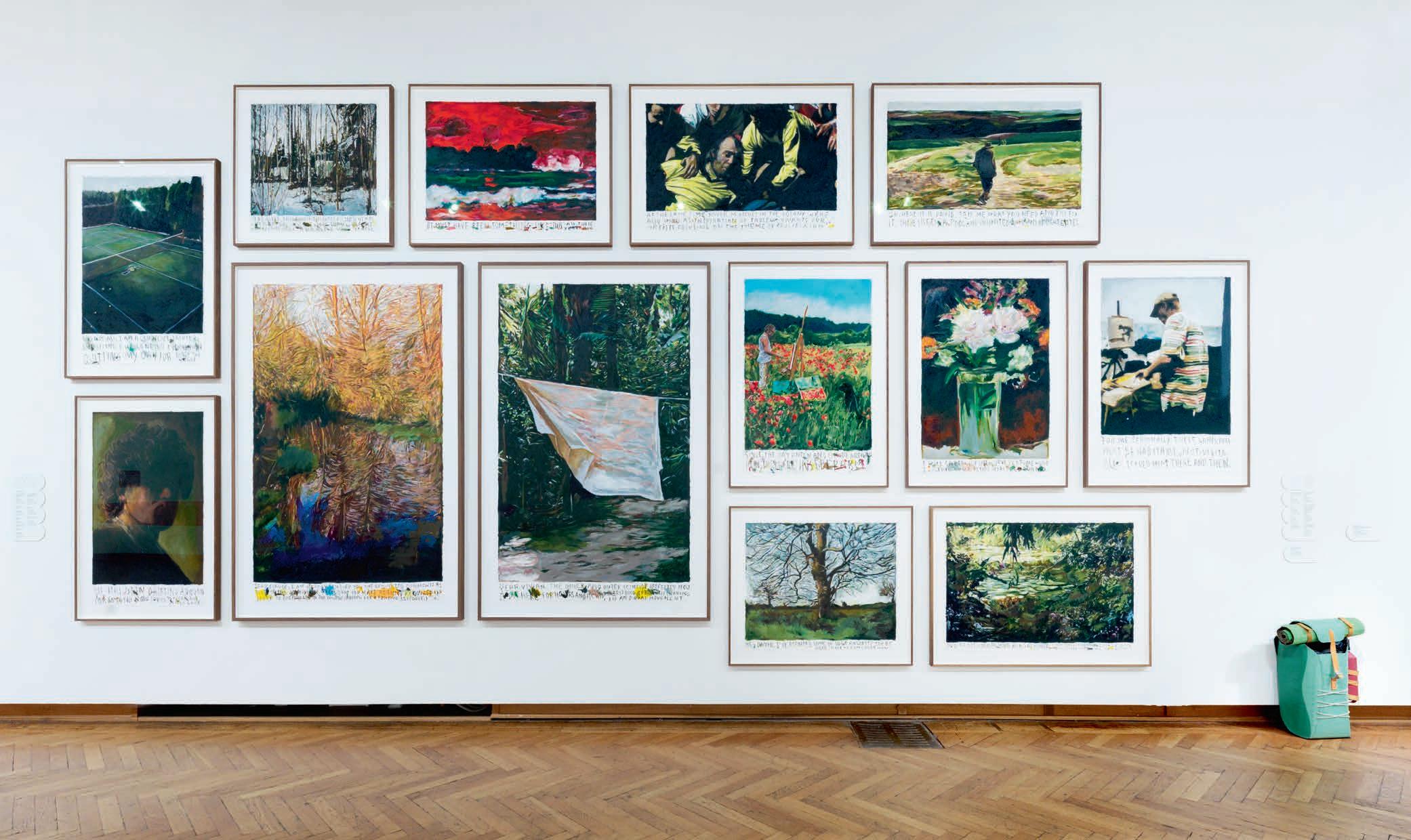

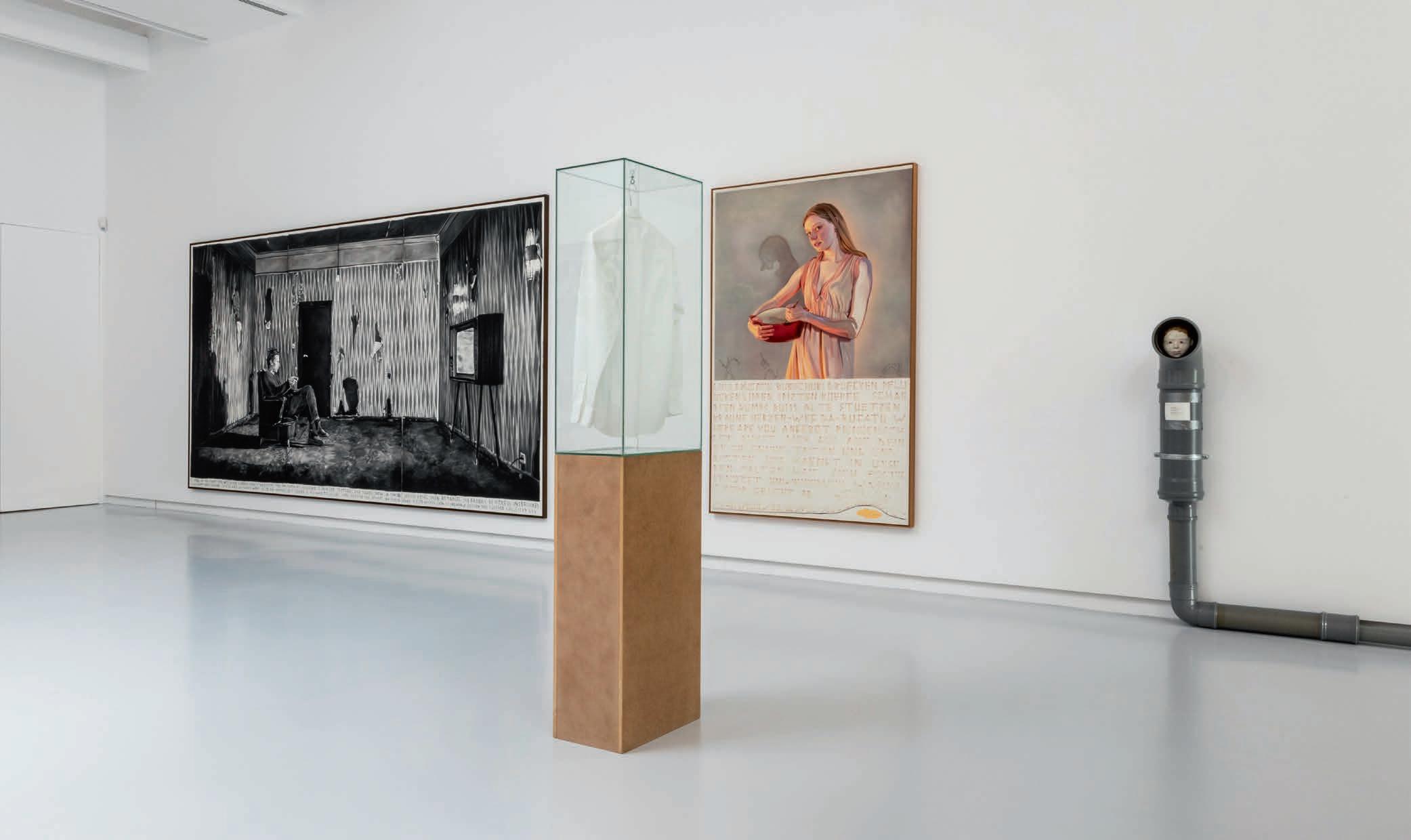



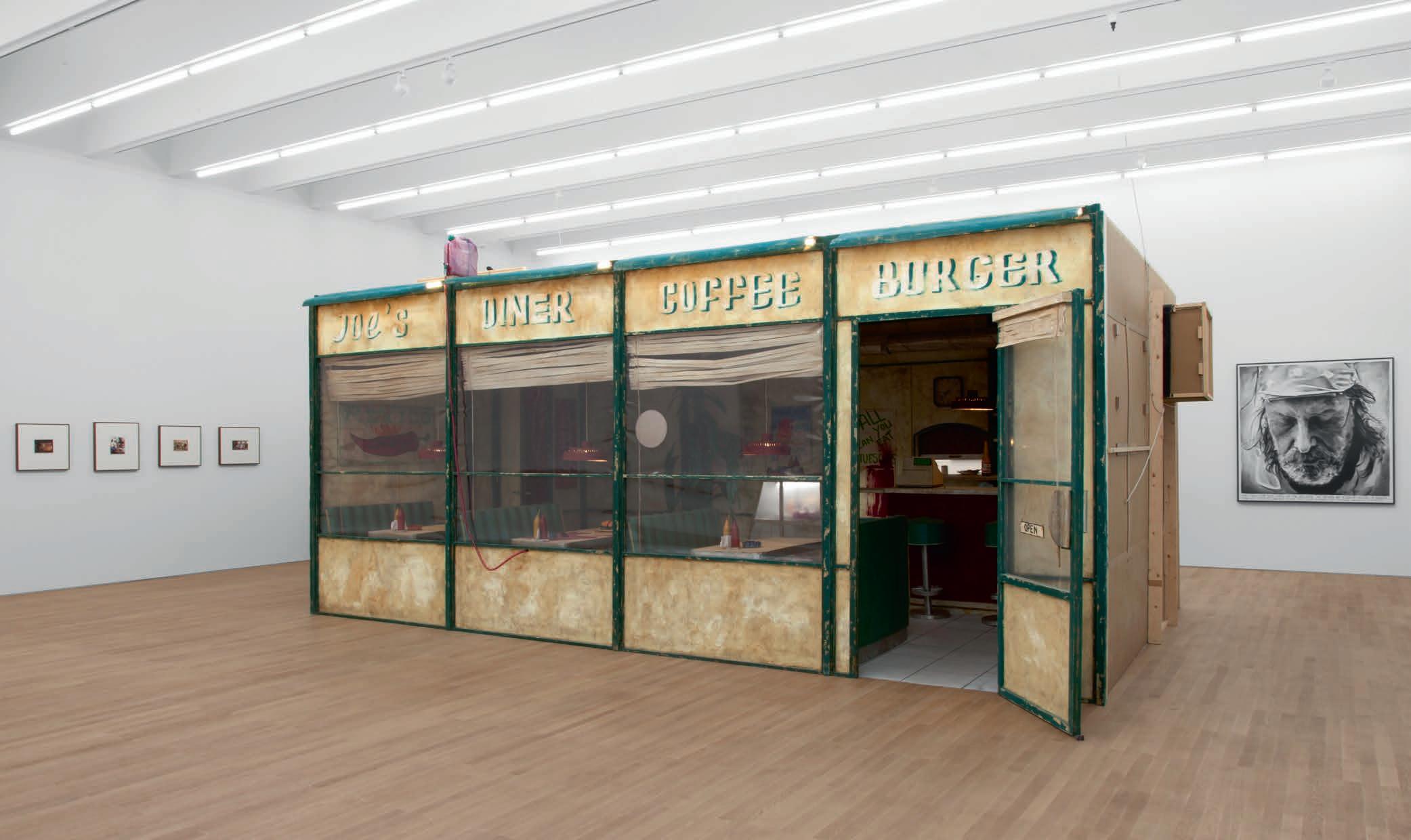

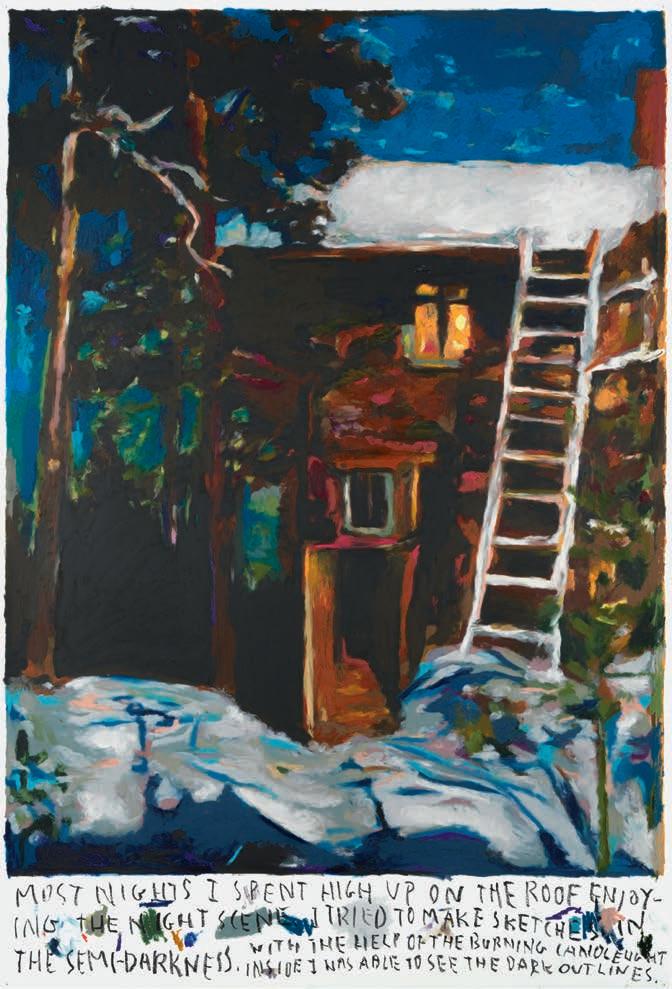
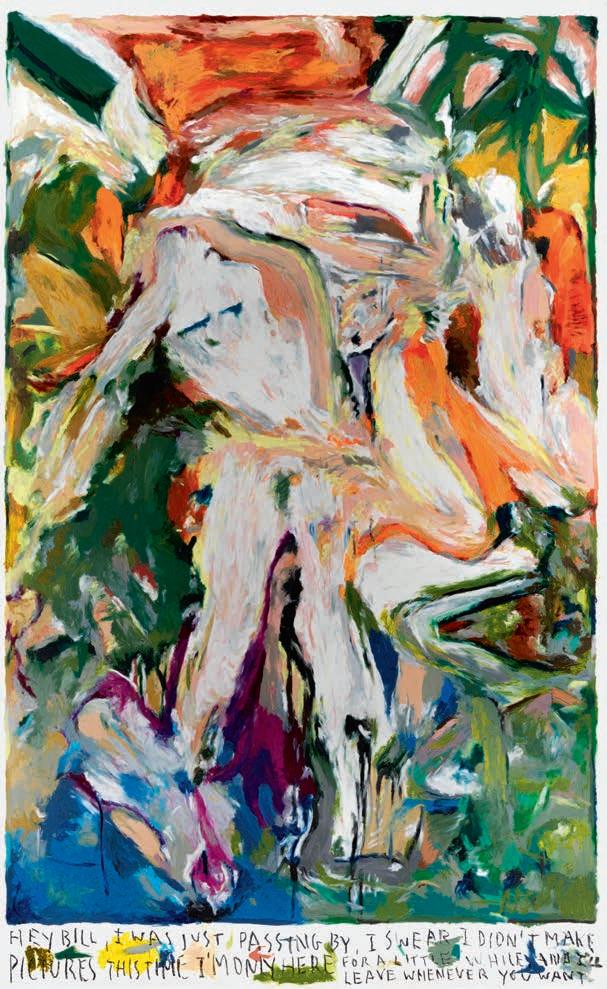
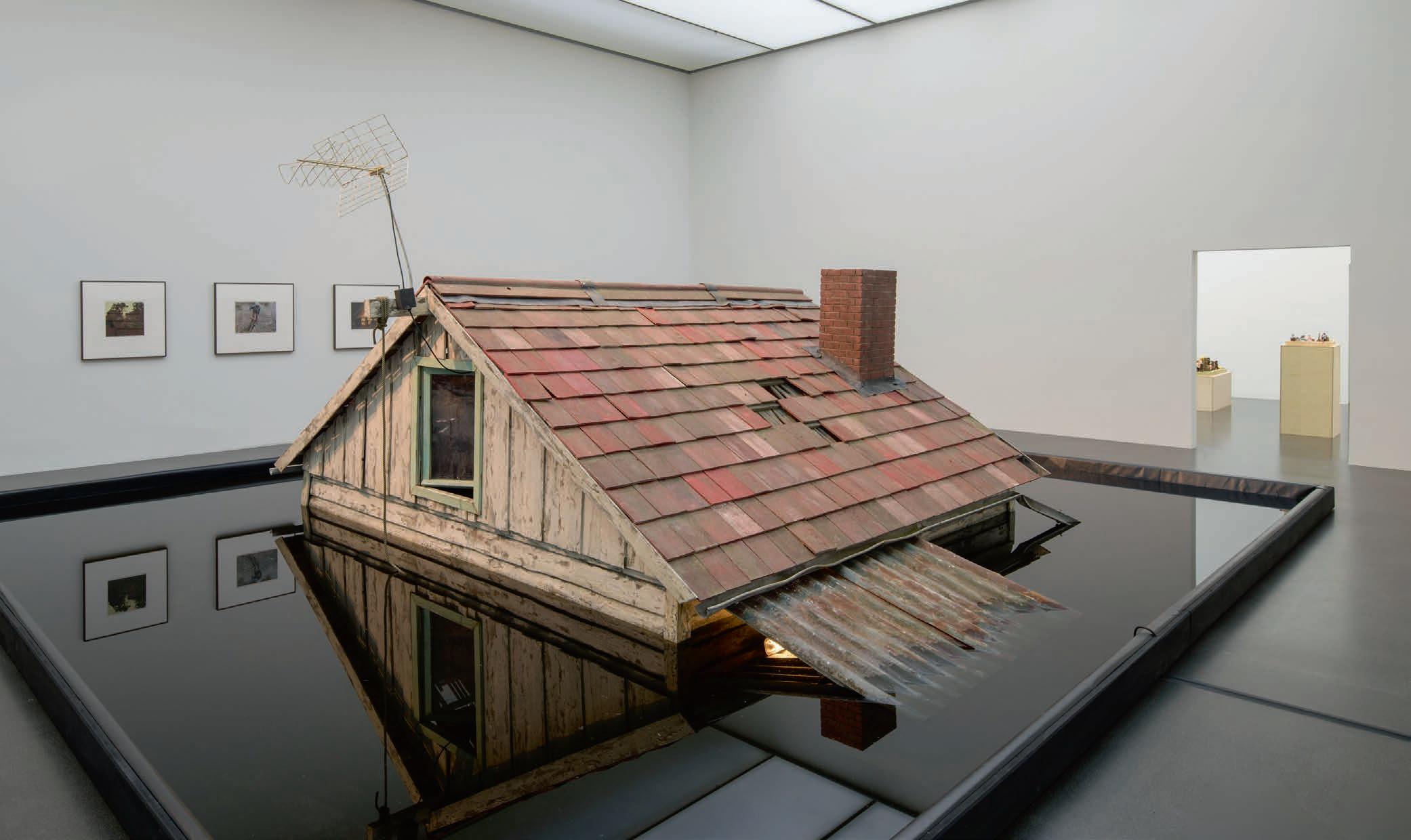

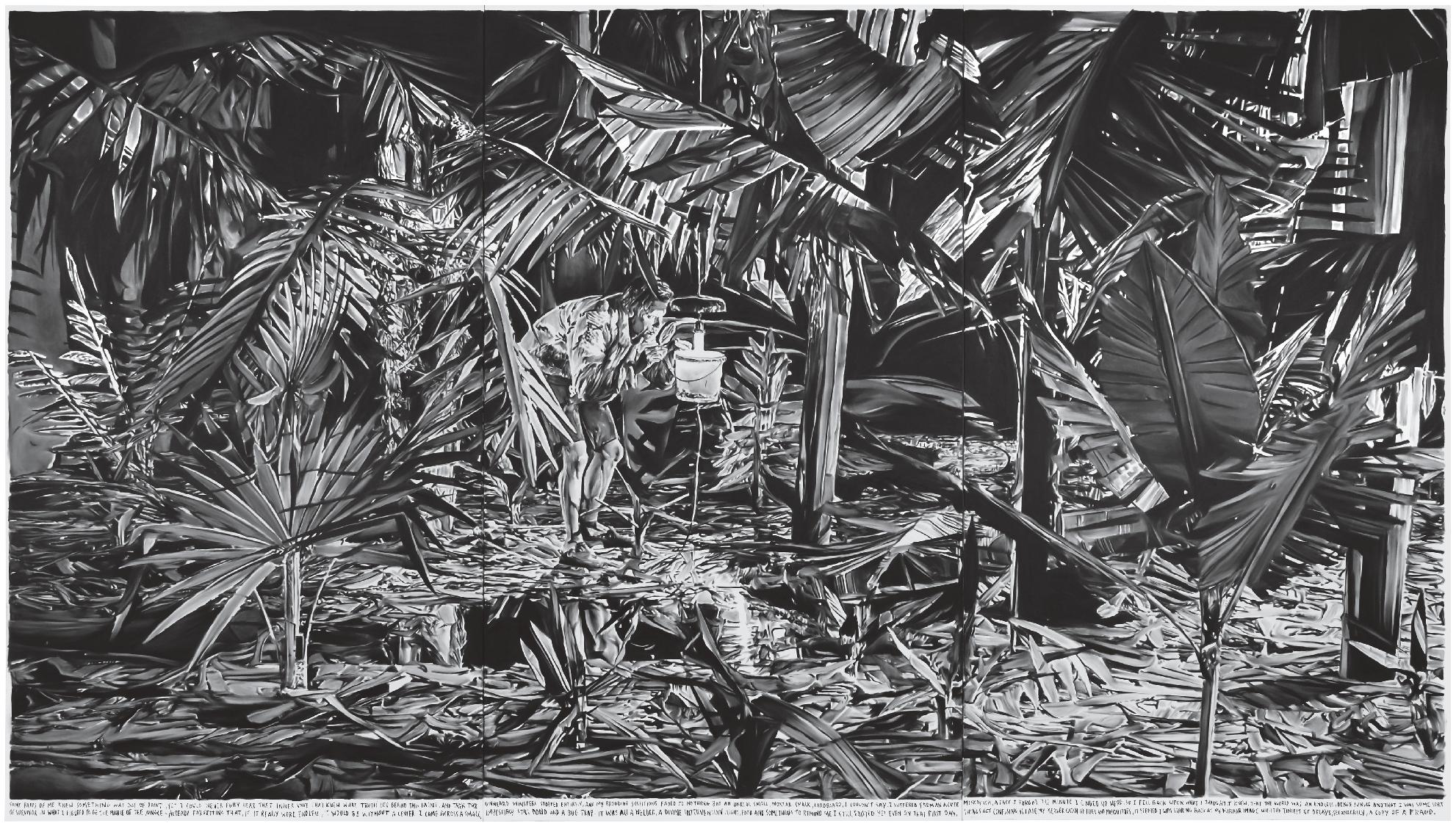

Drawings and installations
© Rinus Van de Velde, 2022
Photos
Tim Van Laere Gallery
Text
Jan Postma, Laura Stamps
Translation
Anne-Laure Vignaux (Dutch-French)
Elise Reynolds (Dutch-English)
Copy-editing
Chantal Huys (Dutch)
Françoise Osteaux (French)
Cath Phillips (English)
Coordination
Hadewych Van den Bossche
Graphic design
Tim Bisschop
Printing
die Keure, Bruges, Belgium
Binding
Brepols, Turnhout, Belgium
ISBN 978 94 6436 634 1
D/2022/11922/14
NUR 642/646
© Hannibal Books, 2022 www.hannibalbooks.be
All rights reserved. No part of this publication may be reproduced or transmitted in any form or by any means, electronic or mechanical, including photocopy, recording or any other information storage and retrieval system, without prior permission in writing from the publisher.
24 bis Boulevard Ampère La Fleuriaye, 44470 Carquefou France
T +33-(0)2/28.01.50.00 www.fracdespaysdelaloire.com contact@fracpdl.com
President: Henri Griffon Director: Claire Staebler
This catalogue is published to accompany the Rinus Van de Velde exhibition, La Ruta Natural, curated by Laurence Gateau (director, 2005–2022) at Frac des Pays de la Loire in Nantes, from 2 July to 24 October 2021.
The Frac des Pays de la Loire is co-funded by the State and the Région des Pays de la Loire. It also receives funding from the Département de la Loire-Atlantique. We thank them all sincerely for their support. We are grateful to the Fondation d’entreprise Sodebo for their contribution to the Frac’s artistic activities. The exhibition also received support from the Flemish authorities.
Our wholehearted thanks to Rinus Van de Velde, and to Kati Heck for her invaluable cooperation.
We are grateful to the Tim Van Laere Gallery, Antwerp, which loaned works and generously contributed to the implementation of the Frac des Pays de la Loire’s Rinus Van de Velde exhibition project.
The Frac extends its warmest thanks to Gautier Platteau and Hadewych Van den Bossche of Hannibal Books.